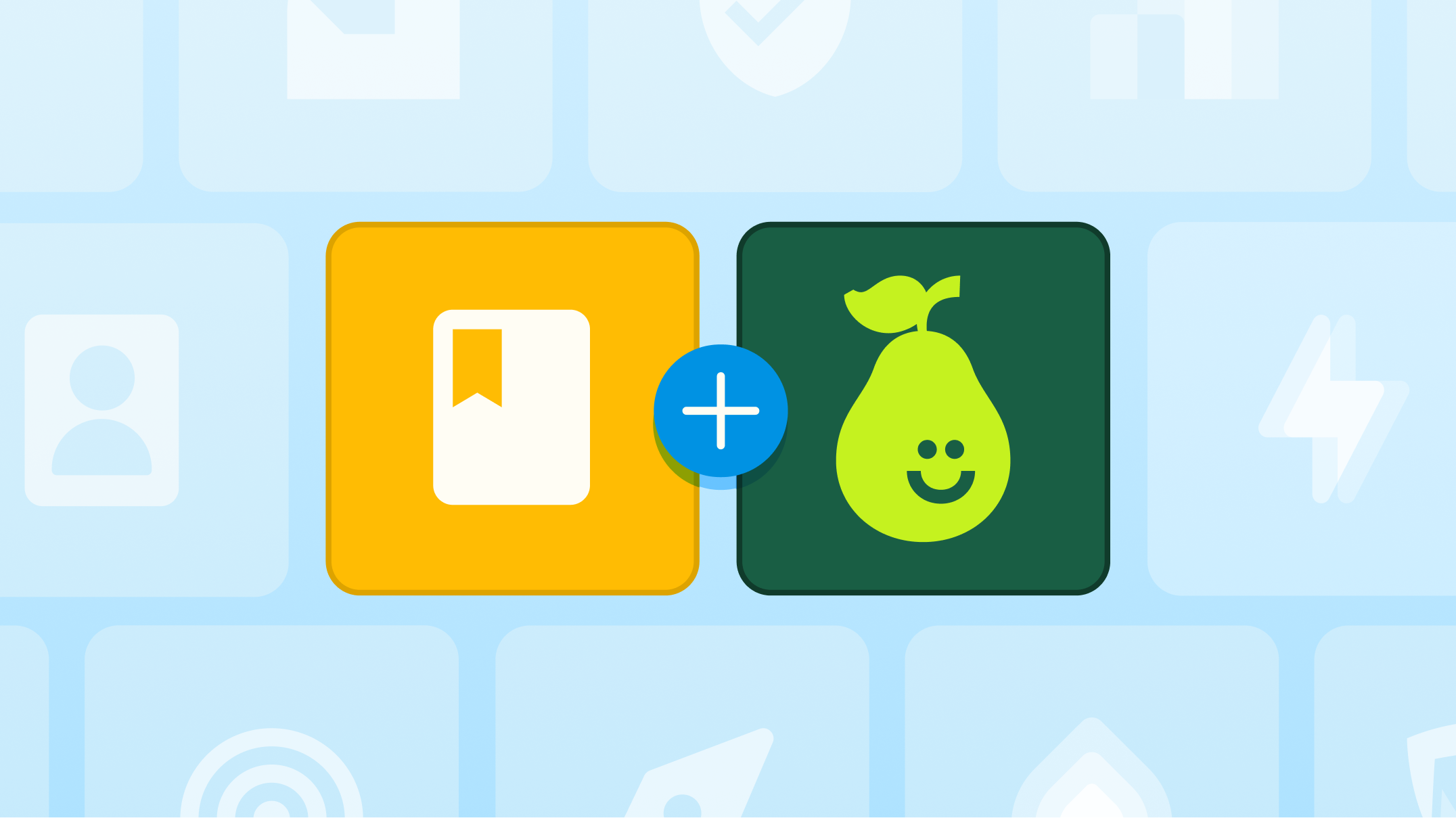Depth of Knowledge (DoK) for Reading

Welcome to our exploration of Depth of Knowledge (DoK) for reading, a critical aspect of education that often flies under the radar. We'll delve into the intricacies of DoK Levels 1, 2, and 3, shedding light on how they impact students' comprehension and critical thinking skills. While DoK Level 1 involves the foundational acquisition of facts and basic skills, we'll soon discover Levels 2 and 3 require students to go beyond the surface, engaging in deeper analysis, interpretation, and application of knowledge.
DoK Reading - Level 1
Let’s start with a look at DoK Level 1, which you don’t find much of in the Common Core ELA. At Level 1, students receive or recite facts or to use simple skills or abilities. Level 1 items require only a shallow understanding of text and often consist of recall from text or simple understanding of a single word or phrase. Some examples that represent Level 1 performance are:
- Supporting ideas by referencing details in the text.
- Using a dictionary to find the meaning of words.
- Identifying figurative language in a reading passage.
Remember, they are only identifying the figurative language at Level 1, they aren’t explaining what it means, why the author included it, or what affect its use has.
DoK Reading – Level 2
Level 2 includes mental processing beyond recalling or reproducing a response; it requires comprehension AND processing of text or portions of text. Some key concepts are covered but not in a complex way. Items at this level may include words such as summarize, interpret, infer, classify, organize, collect, display, and compare. Some examples that represent Level 2 performance are:
- Using context cues to identify the meaning of unfamiliar words.
- Predicting a plausible outcome based on information from the text.
- Identifying and summarizing the major events in a story.
DoK Reading – Level 3
Deeper knowledge is the focus at Level 3. Students may go beyond the text (when standards allow it). Students may be encouraged to explain, generalize, or connect ideas. Standards and items at Level 3 involve reasoning and planning.
Students must be able to support their thinking. Items may involve abstract theme identification, inference across an entire passage, or when the standards allow it — a students’ application of prior knowledge. Some examples that represent Level 3 performance are:
- Determining the author’s purpose and describing how it affects the interpretation of a reading selection.
- Summarizing information from multiple sources to address a specific topic.
- Analyzing and describing the characteristics of different types of literature.

.svg)
.svg)
.svg)

.png)

